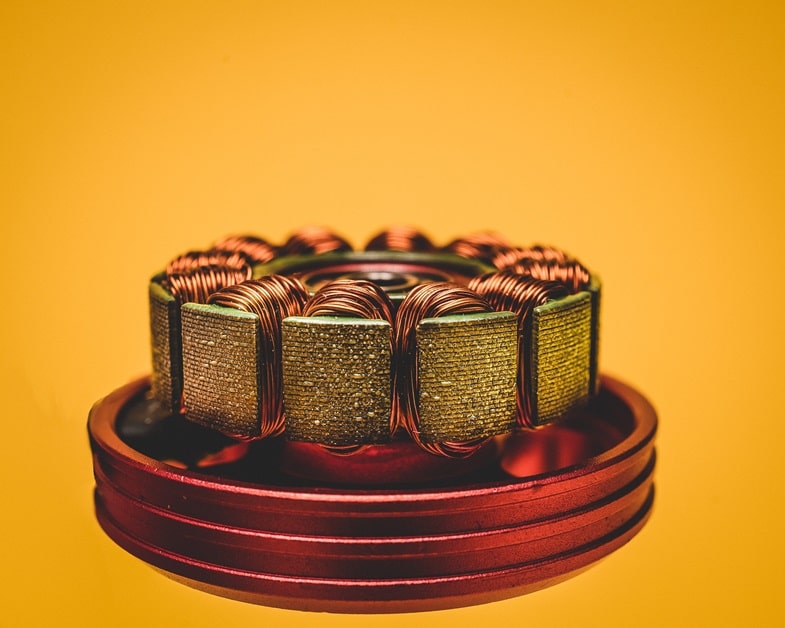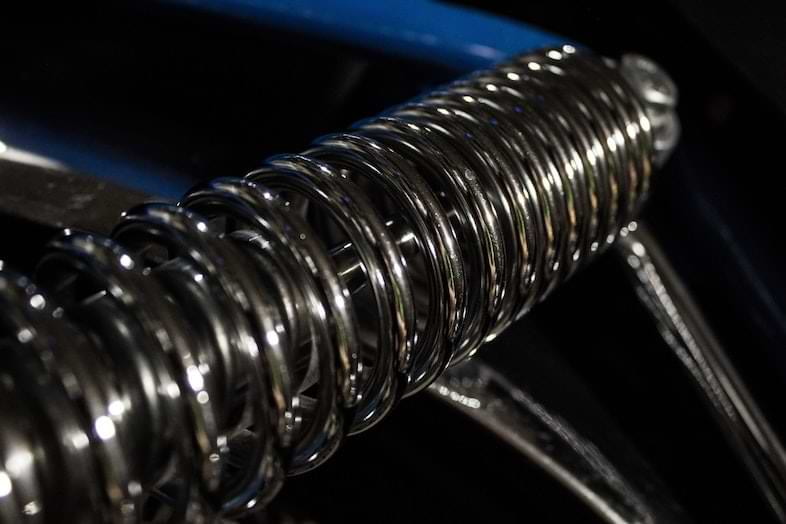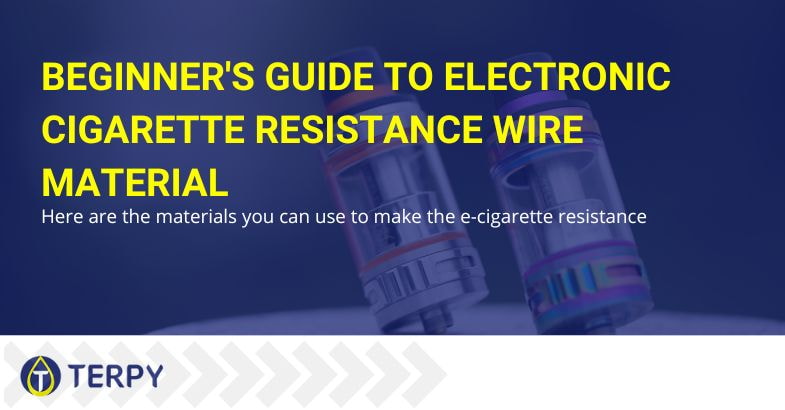Modified on: 27/05/2024
Here are the materials you can use to make the e-cigarette resistance
Replacing the resistor is part of the typical maintenance operations for electronic cigarettes. To craft a new coil, vapers use resistive wire, the material of which changes depending on your vaping preferences and the characteristics of your device. However, if you are a novice vapers, you need to become more familiar with this operation.
In the following few lines, you will find the role of e-cig resistance, what materials are most commonly used to make it and how it is maintained daily.


What is e-cigarette resistance?
For a neophyte vaper, discovering vaping liquids, techniques and e-cigarette components is one of the most exciting things. Day after day, you discover a nuanced world where you can continually customise your vaping experience. For example, one aspect influencing the e-cig’s aromatic performance is the resistance, also known as the English term coil.
This element is the essential component of the atomiser, i.e. the part of the e-cigarette in which the vaporisation of the vaper’s favourite tobacco, creamy or fruity liquids takes place. The heating element consists of a metal coil into which cotton is impregnated with e-cigarette liquid is inserted. When the e-cig is activated, the heating element receives energy from the battery and heats up, thus evaporating the liquid in the cotton and creating the vapour that is then inhaled.
Of course, the resistance does not last forever: as it heats up, the resistive wire that makes up the resistance wears out. In non-regeneratable e-cigs, the atomiser has to be changed when the coil reaches the end of its cycle. In contrast, in regeneratable ones, it is possible to remove the old resistor and replace it with a new, handmade one. Resistive wire can be of various materials, and its composition influences resistivity and aromatic yield.
Let’s take a look at the most commonly used metal alloys.
Read also: The Philippines has also decided to promote electronic cigarettes: here’s the current situation.
Which wire to use to regenerate the coil
When a vaper starts using an electronic cigarette, he generally uses a non-regeneratable model. After a while, however, curiosity and the desire to experiment with different types of vaping takeover, they switch to an e-cig model with a regenerable atomiser. Well, the choice of resistance wire is one of the actions that significantly influence the aromatic performance, the speed and intensity of vaping and the amount of vapour produced.
In addition to the thickness and length of the resistive wire that will make up the coil, you must decide which material to opt for. The market offers various solutions as wires are made of metal alloys with particular characteristics. Naturally, since depending on the fabric of the wire, its resistivity changes, i.e. the way it reacts to the passage of electrical energy, it is essential to assess and know the specifications of your vaping device, especially if it is mechanical.
The most commonly used materials for resistance wires are:
- Nichrome;
- Kanthal A1;
- NiFe;
- SS 316L.
Nichrome is an alloy of nickel and chromium in varying percentages. For example, Kanthal A1 is composed of chromium, aluminium and iron, NiFe includes nickel and iron, and the SS 316L alloy is composed of chromium, nickel and molybdenum. Another material used for electronic cigarette coils is titanium, but it is also harder to find apart from being more expensive than those already mentioned.
If you are wondering which material is most suitable for you, you should know that there is no universal answer; in addition to the characteristics of the various components of your device, you should also consider the type of vape you prefer (cheek or lung) and the aromatic performance you desire. The material influences these factors and the thickness and length of the coils you will make up. Of course, you will have to experiment initially, but once you have found the right set-up, you can vape in the way that best suits your taste.


How to clean the coil
Coils become incandescent during use, and cotton fragments and solid particles in liquids stick to the metal coils of the coil. Therefore, to prolong the coil’s life and avoid unpleasant flavours, it is essential to clean the resistance daily. To give you an idea of what it means to vape without cleaning the coil, think of what would happen if you used the same frying pan for cooking without washing it: the residues of the previous meal would burn and ruin both the taste of the new one and the pan itself.
But how do you clean this component? Well, a piece of paper towel is more than satisfactory for a quick clean when you are out and about. Still, it is a good idea to soak the heating element in a solution of hot water and detergent to remove the vaping aromas (especially if you like to taste different ones) and the solid residues that form between the coils. Thirty minutes of soaking is enough to refurbish the coil.
Read also: Can an electronic cigarette cause water appear in the lungs? It is only a hoax.
In conclusion
In this article, you have discovered that there is no ideal material for resistance as its composition and other characteristics depend on many factors, including the type of liquid you use. At Terpy, you can find electronic cigarette liquids with and without nicotine and everything you need to make them, such as eliquid base, liquid nicotine and flavourings.
Come and visit us!










